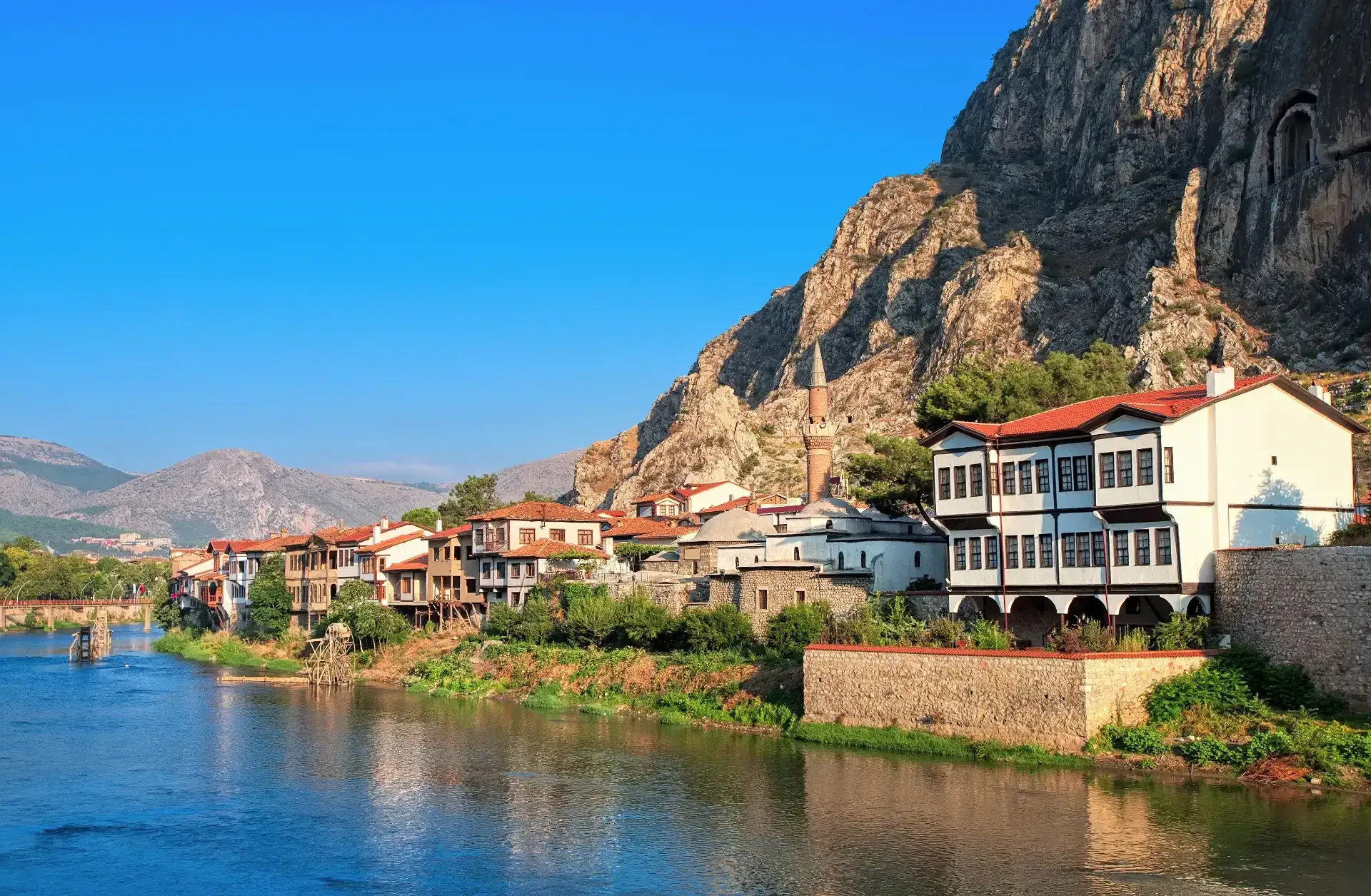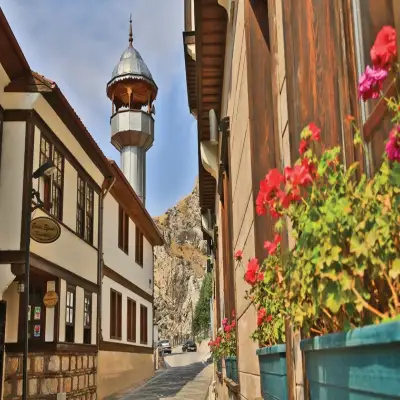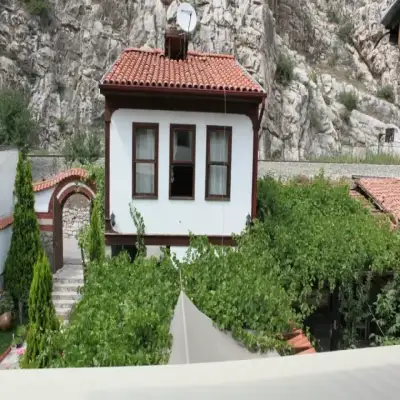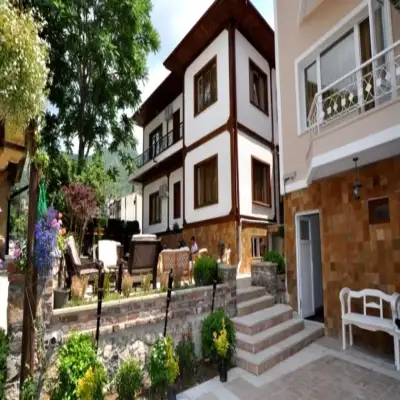
Amasya guide
Amasya is a wonderful city, often referred to as the "City of Princes" because of its magnificent old houses and coffee shops along the Yeşilırmak River that divides the city in two. The first settlement in Amasya dates back to 5500 BC, continuing uninterrupted through the Hittite, Phrygian, Cimmerian, Scythian, Lydian, Persian, Hellenistic - Pontic, Roman, Byzantine, Danishmend, Seljuk, Ilkhanid, and Ottoman periods.Remnants of archaeological settlements from these periods still exist today. After the death of the Pontic kings (from 333 BC to 26 BC), who left a deep mark on the civilization, the King's Rock Tombs were carved into the rocks and remain one of the monumental works of the province. From 26 BC to 395 AD, when the region came under Roman rule, some of the Roman civil engineering works like water channels, castles, and bridges have survived to the present day.Amasya remained under Byzantine control for 700 years until 1071, when it was conquered by Melik Ahmet Danişment Gazi, one of Alparslan's commanders, who established the first Turkish rule in 1075. Afterward, the Seljuk Turks ruled Amasya, and during this time, the governors and emirs commissioned important structures like madrasas, mosques, and tombs, transforming the city into one of the largest cultural centers of Anatolia. The Seljuks were defeated by the Mongols in the Battle of Köse Dağ in 1243, and the Mongol invasion began in 1246, with the first governor of Amasya under Mongol rule being Seyfettin Torumtay. The Ilkhanids, who ruled over Iran, took control of Anatolia in 1265, asserting their dominance and annexing the region. Some mummies of Ilkhanid figures who lived in the city are still on display at the museum.After 1341, the region came under the control of the Uygur Turks, specifically the Ertana Beyliği. In 1386, Prince Bayezid I brought Amasya into the Ottoman Empire. The Battle of Ankara in 1402, where Timur defeated the Ottomans, caused turmoil within the Ottoman state, turning into a struggle among the princes. Çelebi Mehmet, the governor of Amasya, re-established Ottoman unity for the second time.Amasya became famously known as the “City of Princes” due to the special attention paid by Ottoman sultans and princes. Figures like Prince Bayezid I, Çelebi Mehmet, Prince Murat II (born in Amasya in 1404), Prince Ahmet Çelebi, Prince Mehmet II, Prince Alaeddin, Prince Bayezid II (his son Yavuz Sultan Selim was born in the Amasya Palace in 1470), Prince Ahmet, Prince Murat, Prince Mustafa, Prince Bayezid, and Prince Murad III all served as governors of Amasya at different times. During this period, many scholars and religious figures emerged, and the city became a cultural hub, with numerous palaces, fountains, madrasas, mosques, and tombs marking its historical legacy. These structures still stand today, continuing to shed light on the past.Throughout its history, Amasya has played a significant role and again came to the forefront during the Turkish War of Independence.The first step of the National Struggle, which began on May 19, 1919, in Samsun, continued when Mustafa Kemal arrived in Amasya on June 12, 1919. Here, the plans for the Independence War were drawn up, and it was decided that the Erzurum and Sivas congresses would be held in Amasya. On June 22, 1919, the Amasya Circular was published, declaring that "The Independence of the Nation will be achieved through the determination and decision of the Nation itself." This marked the start of the National Struggle. Therefore, Amasya holds the distinction of being the place where the first significant step toward the establishment of the Republic of Turkey was taken.
For accommodation suggestions, you can check our Amasya Hotels page.





